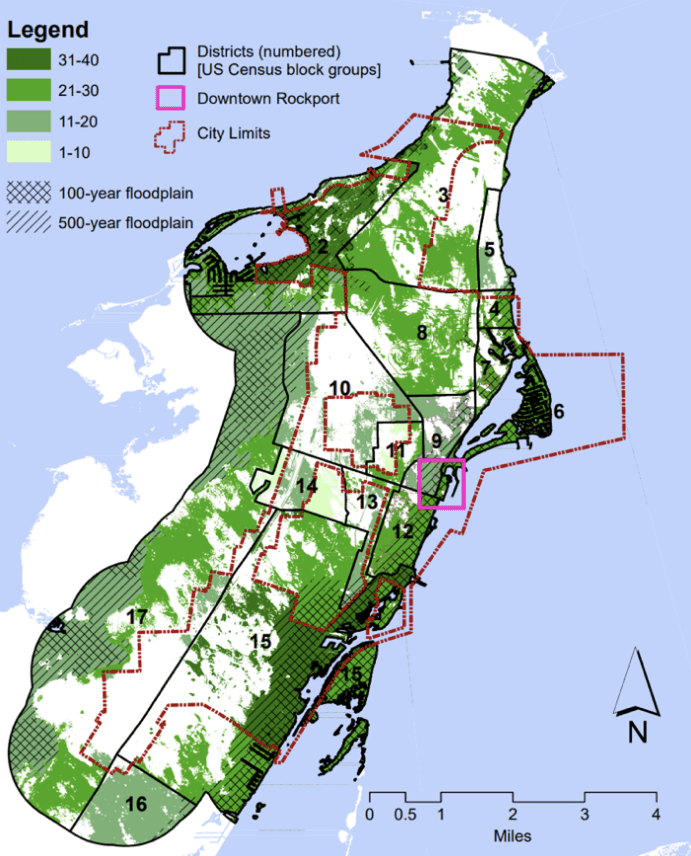Planning for land use and development is key to mitigating hazard events and the effects of climate change. Communities adopt multiple plans that directly and indirectly address hazard mitigation; the integration of local plans can significantly affect future community vulnerability to hazards. In partnership with community-based users, we tested and co-developed a Resilience Scorecard™ that enables local officials to self-evaluate the degree to which the network of local plans targets areas most prone to hazards, and then assess the coordination of local plans.
We chronicle and evaluate the impacts of the Resilience Scorecard™ application process from the local prospective in three communities vulnerable to flooding and climate change. Project objectives are: 1) To determine changes in local capacity to proactively plan, including: skill to evaluate plans, level of inter-organizational communication and coordination, and ability to develop integrated policy solutions; and 2) To determine changes in outcomes including: level of integration of mitigation actions in local networks of plans; strength of land use and development regulations, public investments for mitigation, and physical and social vulnerability (e.g., housing units relocated from hazard area, number of low-income people exposed to floods, and acres of hazard area conserved as open space).

*Shaded areas outside of 100-year and 500-year floodplain indicate inundation by Hurricane Harvey
FROM P.3811

